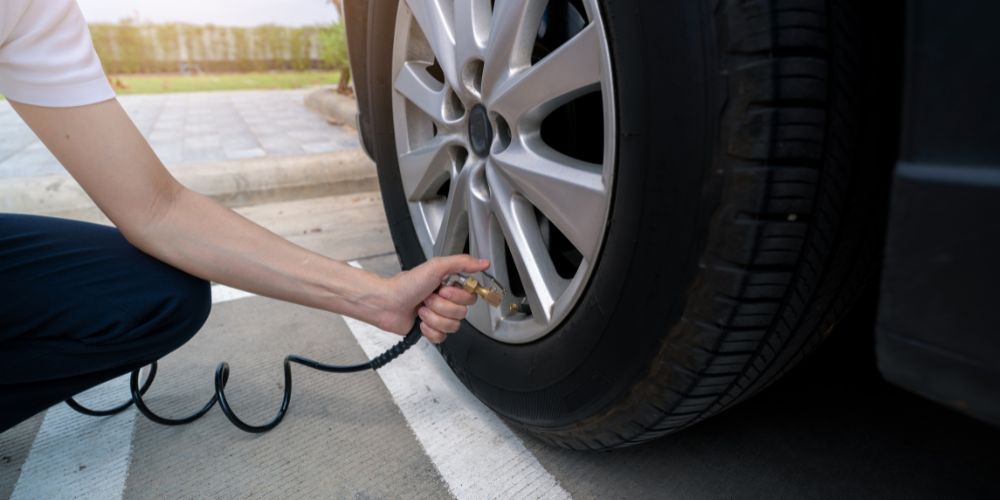Maintaining the correct tire pressure is crucial for your vehicle’s safety, performance, and longevity. One key aspect of tire maintenance that often gets overlooked is the temperature of the tyres when checking and adjusting their pressure. It is recommended to check and pump your car’s tyres when they are cold, rather than after driving when the tyres are hot. Here’s why this practice is essential:
Understanding Tire Pressure Dynamics
1. Temperature and Pressure Relationship
Tire pressure is directly influenced by temperature. As the temperature increases, the air inside the tire expands, leading to higher pressure. Conversely, when the temperature decreases, the air contracts, reducing the pressure. This is governed by the basic principles of physics, specifically the ideal gas law, which states that pressure is proportional to temperature when volume is constant.
2. Accuracy in Measurements
Cold tyres provide a more accurate pressure reading. Tire manufacturers specify the recommended tire pressures based on cold temperatures, typically after the vehicle has been stationary for at least three hours or driven less than a mile at low speeds. Checking the tire pressure when the tyres are cold ensures that you are inflating them to the correct pressure level specified by the manufacturer, leading to optimal performance and safety.
Risks of Checking Hot Tyres
1. Overestimation of Pressure
When tyres are hot, the air inside has expanded, causing an increase in pressure. If you check and adjust the tire pressure at this point, you might think the tyres are adequately inflated or even overinflated. However, once the tyres cool down, the pressure will drop, potentially leaving your tyres underinflated. Underinflated tyres can lead to poor handling, increased wear, and higher fuel consumption.
2. Inconsistent Measurements
Temperature variations can result in inconsistent pressure readings. For instance, driving for just a few miles on a warm day can significantly increase tire temperature and pressure. This inconsistency makes it difficult to determine the accurate cold pressure and can lead to improper inflation adjustments.
Consequences of Improper Inflation
1. Safety Concerns
Both underinflated and overinflated tyres pose safety risks. Underinflated tyres can cause overheating, leading to blowouts, especially at high speeds. They also negatively affect braking distance and handling. Overinflated tyres, on the other hand, can reduce the contact area with the road, leading to decreased traction and uneven tire wear.
2. Economic Implications
Properly inflated tyres last longer and contribute to better fuel efficiency. Underinflated tyres increase rolling resistance, which reduces fuel economy and increases CO2 emissions. Overinflated tyres wear unevenly, necessitating more frequent replacements.
Best Practices for Checking Tire Pressure
- Check Tire Pressure Regularly: Aim to check your tire pressure at least once a month and before long trips. Always do this when the tyres are cold to ensure accuracy.
- Use a Reliable Gauge: Invest in a good-quality tire pressure gauge. Built-in gauges at gas stations can be inaccurate due to frequent use and exposure to the elements.
- Follow Manufacturer’s Recommendations: Refer to your vehicle’s owner manual or the tire information placard usually found on the driver’s side door jamb for the recommended tire pressures.
- Account for Temperature Changes: Remember that significant changes in ambient temperature can affect tire pressure. In colder months, tyres lose pressure, so regular checks are even more critical.
By adhering to these practices and ensuring you check and pump your tyres when they are cold, you maintain the integrity of your tyres and the overall safety of your vehicle. Proper tire maintenance is a simple yet essential aspect of vehicle care that can lead to safer driving experiences and cost savings in the long run.




